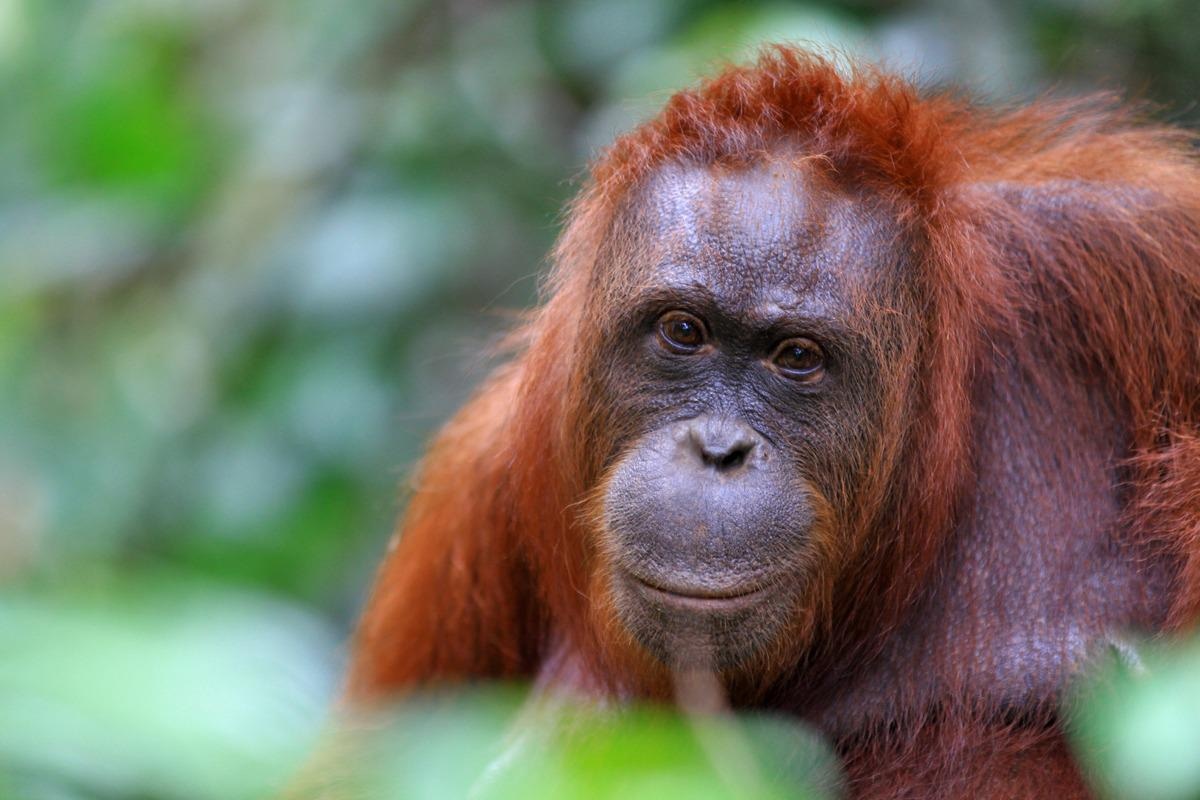What are the implications of orangutan translocation risks in the COVID-19 era?

The human transportation of wildlife between habitats or captive institutions into natural ecosystems is known as translocation. Translocation is commonly used to help natural populations recover, release animals seized from the illegal wildlife trade, and resolve unfavorable human-wildlife interactions. Great apes have been translocated in similar situations, such as chimps, gorillas, bonobos, and orangutans. Translocation is a prevalent strategy in orangutan management in Indonesia.
 Study: Disease Risk and Conservation Implications of Orangutan Translocations. Image Credit: Lintang Hakim/Shutterstock
Study: Disease Risk and Conservation Implications of Orangutan Translocations. Image Credit: Lintang Hakim/Shutterstock
As the globe fights to manage the coronavirus disease 2019 (COVID-19) pandemic, the possibility for freed persons to transfer disease to wild populations is very relevant. Non-human primates are especially vulnerable to human infectious diseases because they are our closest living relatives. Spillover infections of human origin can easily infect wild and captive apes in close proximity to researchers, carers, tourists, and community members.
As a result, releasing apes into natural settings may pose considerable health concerns to local wild populations. One such disease to be concerned about is the COVID-19 pandemic. Severe acute respiratory syndrome coronavirus 2 (SARS-CoV-2), a coronavirus, has infected captive gorillas and several other wildlife taxa, and orangutans and other primates are likely to be infected.
"Can orangutan translocation pose infectious disease transmission and species conservation threats?" and "What are the implications of these risks in the COVID-19 era?" were the questions that researchers from several universities set out to address in a study published in Frontiers in Veterinary Science.
To answer these questions, the scientists gathered publicly available and unpublished data on orangutan translocations in Indonesia between March 15, 2020, and March 14, 2021, which coincided with the country's first two COVID-19 human infection waves. The researchers examined these records on wild-to-wild translocations and rehabilitated orangutan releases to discover translocation practices and disease risk management patterns during the COVID-19 pandemic.
The study
The findings show that the issue of pathogen transfer between people and orangutans is a possibility. Orangutans are handled by people or are in close proximity to humans for long periods. After being released, translocated orangutans are quite likely to contact wild orangutans. Translocations of orangutans dropped in frequency during the COVID-19 pandemic but still remained. Between March 15, 2020, and March 14, 2021, the authors found at least 15 rehabilitated ex-captive orangutans (reintroductions or reinforcements) and 27 wild-to-wild translocations in Indonesia.
Pathogen transmission can happen in various ways during orangutan rescue, rehabilitation, and translocation. This includes considering the risk of transmission posed by exposure intervals, such as 15 minutes or longer for COVID-19. Pathogens like Hepadnaviridae, Picornaviridae, and Phabdoviridae, bacteria like Streptococcus sp, Burkholderia pseudomallei, and Mycobacterium tuberculosis complex, and parasites like Plasmodium sp. (including strains that also infect other non-human primate species and humans), Entamoeba histolytica, and Strongyloides sp Direct and indirect encounters, as well as animal vectors, are all possible routes for zoonotic disease transmission between people and orangutans or among orangutans.
Wild-to-wild translocation of Tapanuli orangutans has the greatest risk of disastrous effects. Tapanuli orangutans are the world's rarest great apes, with only 800 individuals left and a population under threat from human activity. These orangutans are at risk of contracting the virus from sick humans due to their capture and release.
COVID-19 is currently uncontrolled in Indonesia, with only 17% of the population vaccinated, and it is probable that humans living near translocated animals will fail to take necessary disease risk mitigation measures. The risk of relocating these animals into a tiny, geographically confined natural population that is sensitive and non-immune to COVID-19 and is already on the verge of extinction is significant.
Wild-to-wild translocation of P. abelii and P. pygmeaus, or their release to reinforce wild populations, poses a slightly lower but still serious risk due to the species' known susceptibility to the COVID-19 pathogen, likely exposure of translocated orangutans to humans without protective measures, and the fact that wild and previously released animals are non-immune.
Implications
According to this study, orangutan translocations offer significant risks of infectious illness transmission and species conservation. There are potential pathways for released orangutans to spread COVID-19 to susceptible and non-immune wild populations. Captive environments with appropriate biosafety standards, including staff testing, should have a low occurrence of transmissible diseases among related humans, resulting in a decreased overall risk. Because of the increasing frequency and duration of human contact during wild-to-wild translocations, illness exposure has increased during human-orangutan conflict situations and rescue.
Sherman, J. et al. (2021) "Disease Risk and Conservation Implications of Orangutan Translocations", Frontiers in Veterinary Science, 8. doi: 10.3389/fvets.2021.749547. https://www.frontiersin.org/articles/10.3389/fvets.2021.749547/full
Posted in: Medical Science News | Medical Research News | Disease/Infection News
Tags: Bacteria, Coronavirus, Coronavirus Disease COVID-19, Frequency, Infectious Diseases, Orangutan, Pandemic, Pathogen, Respiratory, SARS, SARS-CoV-2, Severe Acute Respiratory, Severe Acute Respiratory Syndrome, Syndrome, Tuberculosis, Veterinary, Virus
.jpg)
Written by
Colin Lightfoot
Colin graduated from the University of Chester with a B.Sc. in Biomedical Science in 2020. Since completing his undergraduate degree, he worked for NHS England as an Associate Practitioner, responsible for testing inpatients for COVID-19 on admission.
Source: Read Full Article